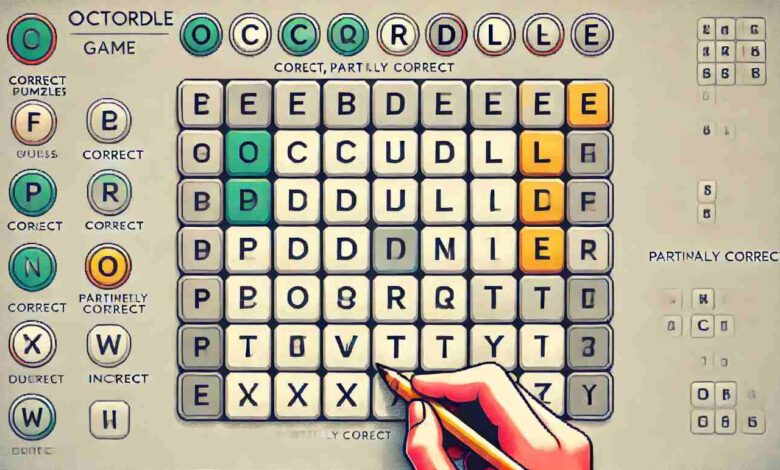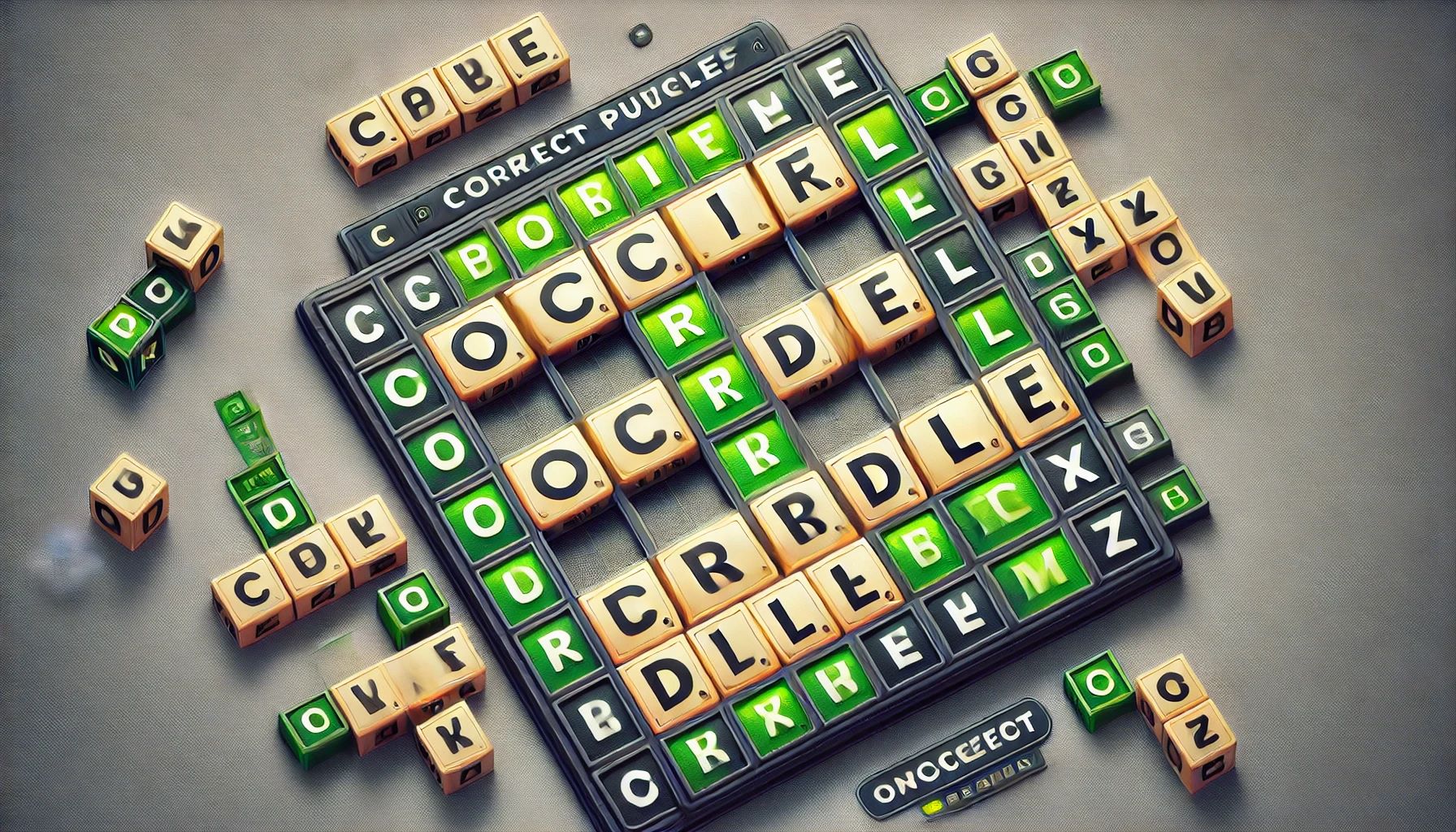Octordle Hint: Best Strategies to Solve Eight Words

Octordle takes the viral word puzzle game Wordle to a new level by tasking players with solving not just one word, but eight words at the same time. The game offers a more complex and challenging experience that pushes your vocabulary and strategic thinking to the limit. With 13 guesses to solve eight five-letter words, the pressure is on, but with the right strategies, you can improve your chances of success. In this guide, we’ll explore some of the best strategies and tips to help you master Octordle hint.
Understanding the Basics of Octordle
Before learning strategies, we first need to understand the basics of the game. Enter, Octordle which shows you eight grids and in each one is a five-letter word. Any guess you make is used against all eight grids at once. Feedback is color-coded, green means the letter is in the right place, yellow means it’s there but wrongly placed, and gray that this very letter does not exist in the word.
With only 13 guesses to solve all eight words, efficient use of each guess is critical.
Best Starting Words
Just like in Wordle, your first guess sets the tone for the game. To maximize your chances of success, start with words that contain high-frequency letters. Common letters in English, such as E, A, R, O, T, N, and S, appear frequently in many words. Here are some starting words that cover a broad range of common letters:
- CRANE
- SLATE
- ROAST
These words give you a good spread of vowels and consonants, helping to quickly identify which letters are in play for multiple words.
Utilize a Balanced Approach
Octordle is about juggling your best guesses across many grids. The balanced approach works better than focusing all your attention on one word at a time. Weight your guesses amongst the words and use all the grids to guide you in your next move. This way, you are sure that no specific puzzle is overlooked, and you also get to cover the entire spectrum of data.
Elimination Tactics
Arguably the biggest aspect of tactics in Octordle, this is the art of removing as many obstructive patterns as possible. Greyed-out letters mean that the letter is not present in any of the eight words. This means you can use them to your advantage and eliminate these letters from future guesses.
This strategy reduces the number of places, so each guess that follows becomes more efficient. Alternatively, if a letter is green or yellow, you should play around with where it goes. Having a octordle hint that the letter contributes to the final solution could potentially guide how you move toward the right answer, not merely establishing it in the correct spot.
Leverage Common Word Patterns
Use The Most Common Word Patterns You are going to need to know the most common word patterns in Octordle. Practice common letter groups like TH, CH, SH, and QU. Now, these patterns are littered in 5-letter words; you just have to work with them all the time. Also, watch out for the suffix & prefix, all of which are too common in English. If you have a word that is forming with similar suffixes like ‘ING’ or ‘ED,’ select it as your anchor, then begin selecting slots of words.
Prioritize Difficult Words
If there is a word that looks incredibly tough, try to do it early in the game. Working from the most difficult word will take some pressure off you and make it much easier to solve the rest of them. And by saving the hardest words for when you are still guessing well above 50 well, you can see where this is going.

Practice Patience and Stay Focused
It’s a lot to juggle; there are eight puzzles that need solving simultaneously. Patience is absolutely critical for getting to grips with Octordle. It’s like a slow process of guessing, receiving feedback, and then reconsidering your choices. When you rush into guesses, more likely than not will be followed by mistakes and missed opportunities.
If you do get stuck, pause and go back to the feedback that you might have received. Important is to make strategic best guesses given the information you came up with as opposed to a shot in the dark.
Cross-Referencing the Grids
Cross Referencing is a handy tool in Octordle. After every guess, look at all eight grids to see how that new information affects the entire board.
Execution: Find patterns where one letter can be in all words and guess accordingly. You might, for instance, have discovered a letter that occurs in more than one word, tick the same square across all the grids and see if it slots into another position.
Experiment with Variations
Play around with alternatives. If you have a word stuck in your head, see if some word variations of it suit the purpose of your preserves best. For example, if you have some letters figured out but don’t know where to place them: mix and match! This trial-and-error technique is useful for finding out difficult words, especially if you are near but a bit short of the final few pieces.
Avoid Common Pitfalls
Don’t Fall for Common Pitfalls. One of the biggest mistakes in Octordle is to not listen to past guesses. Make sure to look for color-coded clues and not double up on a letter that you know cannot be correct. However, that leads us to another mistake most test takers make, guess randomly.
Each guess is a calculation based on analyzing the feedback you have received so far. Another mistake is to provide importance just on a word and leave others behind. And you have to do one for each of the eight words, so spreading your guesses out across the grids is important.
The Bottom Line
So Octordle is a game of logic and vocabulary. The more you play, the more adept you will become at detecting patterns and then using educated guesses. The further you can shave off those 0.06 deviations, by reflections or singular words, the better chance your next set of 8 puzzles will be successful. So practice, and do not get discouraged by losses, every game is a teacher, every game is a potential experience to optimize your strategy. How to improve your Octordle gameplay, tips for word puzzle nerds and beginners alike.




